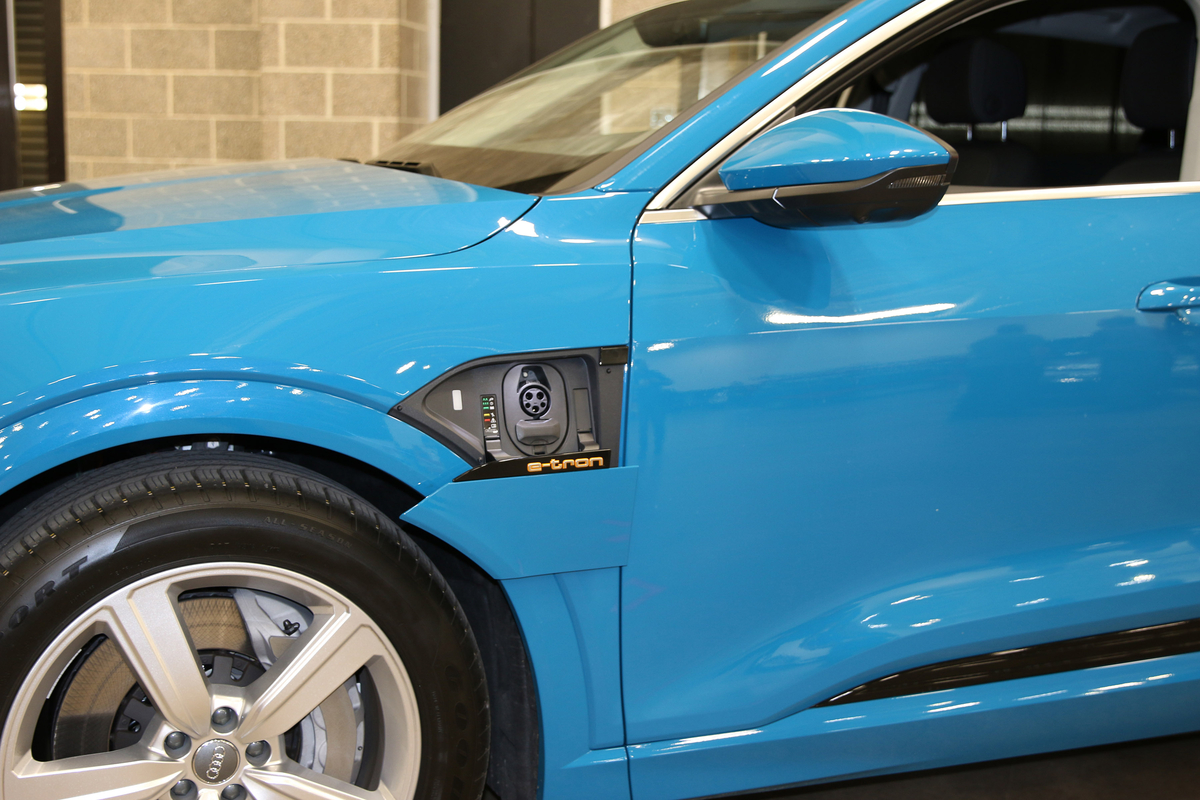Does switching to an electric vehicle (EV) create more questions than answers? It’s natural to have questions and to be curious about adopting new technology, and EVs are no different. With hybrid, plug-in hybrid and battery EVs (BEVs), there’s a lot to consider, but we can help fill in a few blanks. Here are some of the most common questions potential BEV buyers have.
Are BEVs safe?
BEVs operate on electricity stored in a battery pack rather than a combustion engine fueled by gasoline or diesel. This offers several safety advantages:
- The elimination of harmful pollutants benefits air quality and reduces health risks.
- Fire incident risk is lower without the possibility of fuel leakage or ignition. In fact, engineers design battery packs in BEVs with safety features to prevent fires.
- Quieter operation makes important sounds on the road easier to hear, such as emergency sirens and pedestrian signals.
- Batteries are typically placed on the bottom of the car, lowering the center of gravity and reducing the risk of rollover.
All EVs undergo the same safety testing as gas-powered vehicles. In addition, newer models include safety features like blind spot monitoring and adaptive cruise control.
Are there tax incentives available?
Yes! The Inflation Reduction Act included several benefits for buyers of all EV types, making EVs more accessible and affordable. To take advantage of these benefits, check out the U.S. Department of Energy’s criteria checklists for new [PDF] and used [PDF] EVs.
Do BEVs accelerate as fast as gas-powered vehicles?
Yes, and many BEVs accelerate faster than gas-powered vehicles. BEVs have what’s known as instant torque that allows the electric motor to deliver maximum power from a standstill and can achieve 0 to 60 miles per hour in three to five seconds. This quick acceleration sets BEVs apart from traditional gas-powered cars that require time to rev up and shift gears. Rapid acceleration also enhances safety when merging onto highways and avoiding obstacles, reducing the risk of accidents.
How far can BEVs go?
Even though some BEVs can travel up to 350 miles on one charge, range anxiety remains one of the key factors that affect one’s decision to go electric. Range anxiety is the BEV equivalent of fear you’ll run out of gas. Drivers worry their battery will run out of charge while on the road, and that they'll have to spend too much time charging.
Fortunately, charging infrastructure continues to improve and so does BEV range. Public fast-charging networks are also expanding across the country to make long distance driving more convenient. Tools like Plugshare.com help drivers plan routes and find nearby public charging stations.
If you’re interested in making the switch to a BEV or any type of EV, learn more about how they charge and charging network innovations in the works. Also, check out our online tool to get an even better idea of what it could be like to make the switch.


